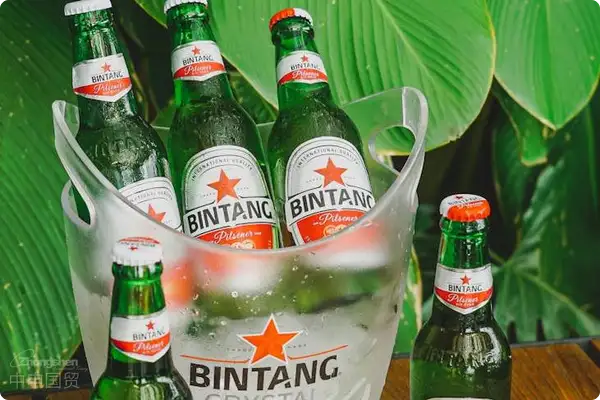- Shanghai Zhongshen International Trade Co., Ltd. - Two decades of trade agency expertise.
- Service Hotline: 139 1787 2118

When Craft Beer Meets Chinese Customs
Last week, a German client was hopping mad: his shipment of 2,000 cases of dark beer to Hangzhou was stuck at Ningbo Port for a full 15 days. When I reviewed the customs declaration materials, I discoveredIt is recommended to verify through the following methods:The validity period of the health certificate was 3 days off—this detail alone could hold up the entire shipment. This reminds me of a real case in 2022 where an importer mislabeled hop extract as natural flavor, resulting in 800,000 yuan worth of IPA being returned.
Three major customs clearance hurdles for beer imports
First hurdle: The qualification trio
- Business license must include alcohol operation items
- Food Business License (pre-packaged food)
- Imported Food Consignee Registration Number (apply 30 days in advance)
Second hurdle: The label battle
- Chinese labels must include alcohol content, original wort concentration, and country of origin
- Ingredients list must specify hop form (pellets/extract)
- Warning label Excessive drinking is harmful to health font size no less than 2mm
Third hurdle: The tax symphony
- Tariff: 14% (general rate) / 7% (preferential rate)
- VAT: 13%
- Consumption tax: Specific tax (220 yuan/ton)
Six-step breakdown of the customs clearance process
Taking German wheat beer as an example:
- Confirm production date is within the first 1/3 of shelf life in advance
- Apply anti-counterfeit Chinese back labels overseas
- Prepare original factory invoice, packing list,Maritime TransportationB/L
- Declare HS code 22030000 (note tariff differences between cans and glass bottles)
- Customs sampling inspection (focus on formaldehyde and diacetyl testing)
- Pick up goods after electronic tax payment
Revealing three fatal misconceptions
Misconception 1: Hiring an agent means everythings taken care of
A Belgian brewery failed to provide brewing process documentation when delegating to an agent, leading customs to mistakenly classify it as compounded liquor, resulting in 12% overpayment in tariffs. Agents arent safety deposit boxes—key materials still require company verification.
Misconception 2: Only checking production date for shelf life
During summer, the internal temperature of shipping containers can reach 50°C. In 2024, a batch of American craft beer had its actual shelf life shortened by 3 months, arriving as near-expiry products.
Misconception 3: HS codes can be chosen arbitrarily
For the same 330ml canned beer:
Regular beer uses 22030000 (7% tariff)
Functional beer containing whey protein should be classified under 22029000 (20% tariff)
Clearance accelerators: Utilize these three tools
- General Administration of Customs imported foodCosmetics & Personal Careinformation query system (pre-verify access qualifications)
- Pre-classification ruling application (lock in HS code before shipment)
- Electronic payment guarantee clearance (reduce port detention time)
A heartfelt final note: Last year, I handled customs clearance for 32 batches of beer for clients and found that the real bottlenecks often arent major issues but rather a typo on a label or mismatched document dates. Importing beer is like dancing the tango—every step must be perfectly timed. With the clearance tips prepared in this guide, your craft beer will surely make it smoothly to Chinese consumers tables next time.
Related Recommendations
© 2025. All Rights Reserved. Shanghai ICP No. 2023007705-2  PSB Record: Shanghai No.31011502009912
PSB Record: Shanghai No.31011502009912










